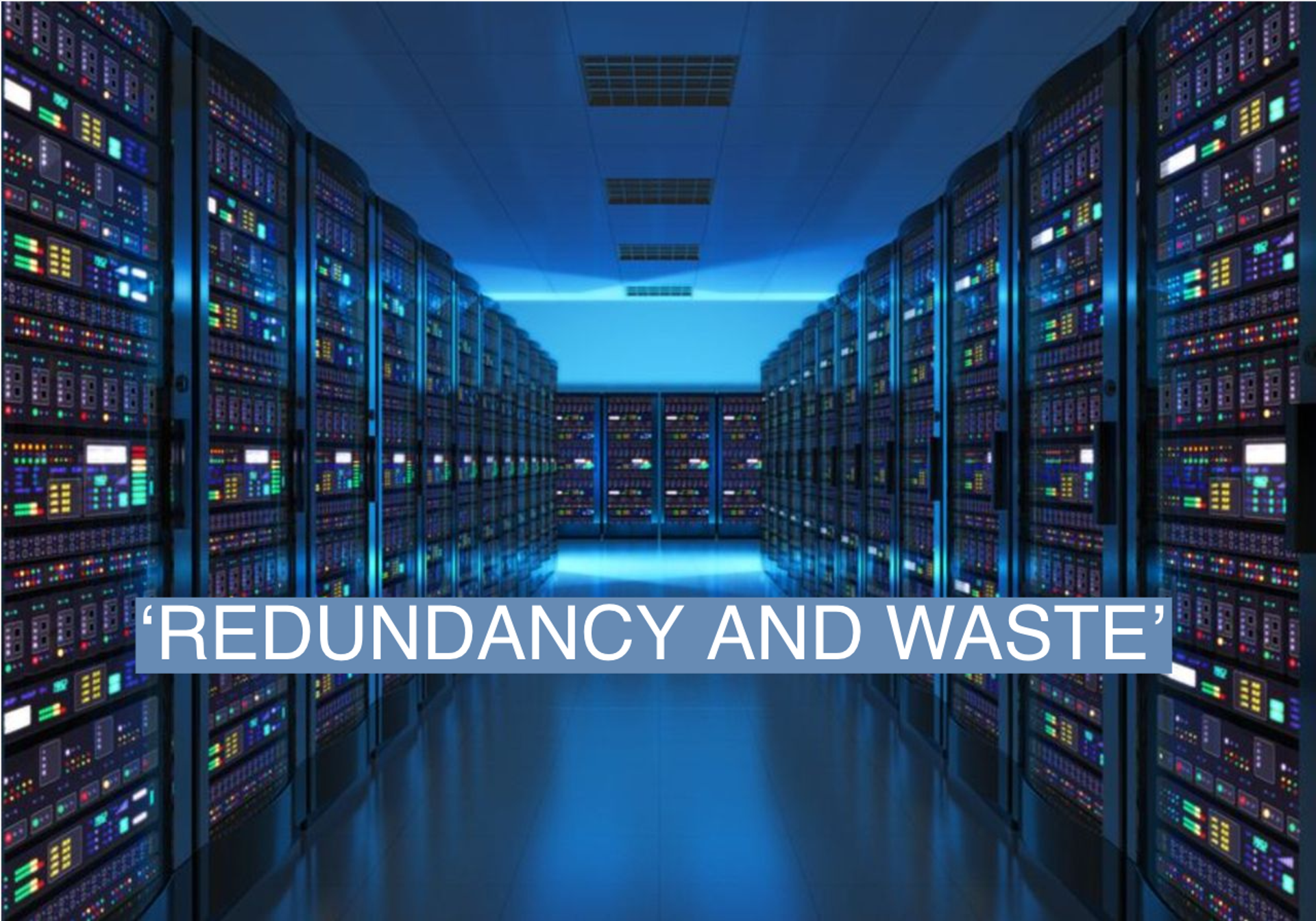The News
Of all the sectors under pressure to cut their carbon footprint, advertising has largely flown under the radar. That’s changing, as a growing number of large companies begin to realize that their marketing departments may hold a hidden carbon bomb. That, in turn, is fueling the growth of carbon accounting firms that specialize in tracking the emissions from advertising.
“There isn’t much light on emissions in the media space,” said David Shaw, CEO of Cedara, one such startup. “But [the emissions] are significant.”
Tim’s view
The growing pressure on advertisers, publishers, and ad exchanges to report and curb their emissions comes as regulators worldwide work to make disclosure of corporate climate data mandatory. That has ripple effects across the supply chain: If Company X needs to report its full emissions, it needs data from companies it does business with, including those that craft and deploy its ads. And as the pressure mounts to reduce emissions, low-carbon suppliers get a competitive edge.
Advertising is among the latest sectors to get caught up in this push: “For the last year or so, [big firms] have been scrambling to figure out the right solution,” Shaw, whose clients include Pepsi, the pharmaceutical maker Sanofi, and the hiring platform Indeed, told me.
Digital advertising emissions mostly stem from the electricity used by data centers. It’s also exacerbated by the massive, invisible, and instant digital auctions that underlie “programmatic” ads, which account for most of the banners and videos you see across the internet. Bidding for those ad slots is cost-efficient for marketers—but also energy-intensive. Each bid draws a tiny amount of computing power in a server farm somewhere, and a single ad “impression” can be the result of dozens of bids. Across the internet and streaming services, those impressions add up.
According to a July study by Scope3, another media-focused carbon accounting firm, the global average is about 333 grams of CO2 per 1,000 digital impressions. That adds up to about 7.2 million tons of CO2 annually, or the equivalent of the electricity used by 1.4 million U.S. homes.
“The ‘cloud’ sounds fluffy and nice, but actually there’s a lot of redundancy and waste,” said Anne Coghlan, Scope3’s co-founder.
Scope3’s approach to the problem involves gathering data from popular websites and streaming platforms about how they process programmatic advertising, and working with them to streamline the process. The news website Insider cut its advertising-related emissions 20% in the first quarter of this year using Scope3’s approach, according to a company statement. Scope3 also makes this data available to companies seeking to advertise, allowing them to focus on publishers with a lower carbon intensity.
Other solutions that media agencies and ad tech companies are developing to provide more climate-friendly options for their clients include better compression of media files so they use less digital space, limiting ad delivery when devices are connected to mobile networks instead of more energy-efficient wi-fi, and delivering ads only during off-peak hours for the electric grid. Google recently worked with the eyewear brand Arnette to darken the colors of its ads, since brighter colors take more bandwidth to display, which Google engineer Jean Semere wrote “dramatically reduces emissions with the added benefit of boosting site performance.”
Most of these changes can be achieved with a few clicks, Coghlan said, which could make advertising emissions some of the easiest to cut.
“It might take you years to move or redesign your factory,” she said. “It could take you 10 minutes to make a choice about advertising.”
Room for Disagreement
There’s a limit to how much the advertising industry can directly reduce its emissions, since ultimately the overriding factor is how Google and other data center owners source their electricity. Advertisers that can’t reach zero on their own may need to rely on carbon-offset purchases to cover the rest; Cedara features an online offset market its clients can shop from. But offsets are notoriously problematic and unreliable, as other emissions-intensive industries like fossil fuels and airlines have found in recent years when they relied too heavily on them in their decarbonization strategies. In other words, if offsets are a core solution, advertisers have a long way to go to solve their emissions problem. Ad Net Zero, a coalition of firms committed to reducing their marketing footprint that includes Google and marketing companies like PubMatic, recommends that “all efforts are made to reduce before offsetting,” a spokesperson said.
The View From The UK
Regulators are also cracking down on the climate messaging within ads. The U.K.’s Advertising Standards Authority banned three ads from Shell in June that it deemed to misleadingly overstate the company’s investments in renewables; last year it banned ads by HSBC and Tesco over similar greenwashing concerns.
Notable
- Only about half of global companies are even attempting to measure their full carbon footprint, according to an Economist Impact survey of 1,250 companies this week.
